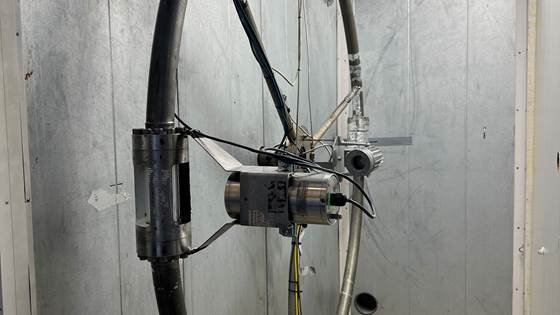
This wheel gave the Berling field lower CO2 emissions and saved the construction project for several hundred million NOK
Research on «ice plugs» in pipes gave the oil company OMV the confidence to omit heating cables.

Research on «ice plugs» in pipes gave the oil company OMV the confidence to omit heating cables.

Imagine being treated ‘in hospital’ via an advanced VR headset! Researchers are now making this possible with the help of local ‘health rooms’ and so-called ‘augmented reality’. Results from their experiments have so far proved to be quite promising.
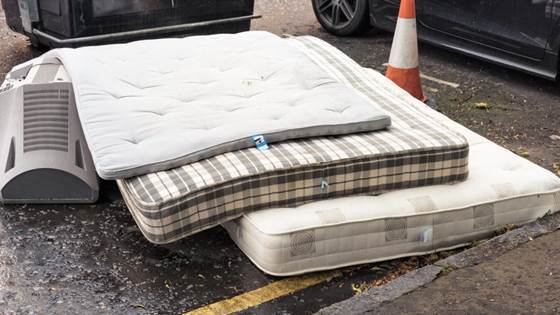
Researchers calculated the total carbon footprint of a bed. Then they discovered it was possible to halve it.
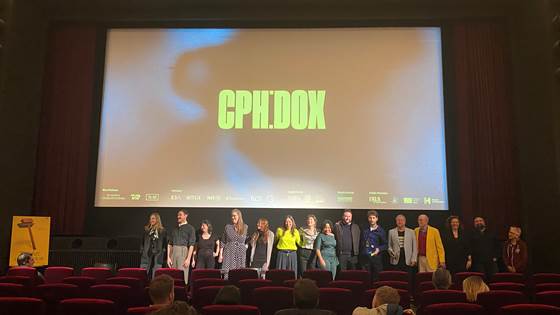
Emmy-nominated Ian Cheney’s new documentary, The Arc of Oblivion, examines the traces humanity leaves behind on our planet. In the film, Cheney accompanies SINTEF-researcher Ida Beathe Øverjordet on a research expedition to the Arctic on a search for...
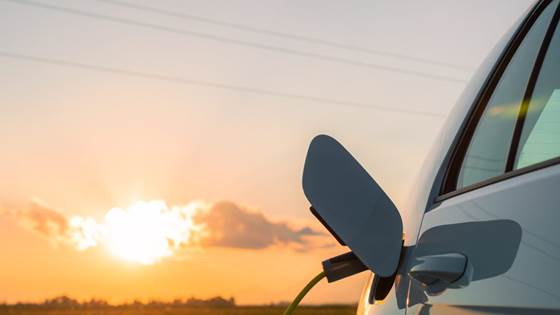
The Norwegian power grid needs relief during periods when ‘everyone’ is using electricity. Research is showing that variable pricing for the fast charging of electric cars may offer a solution.
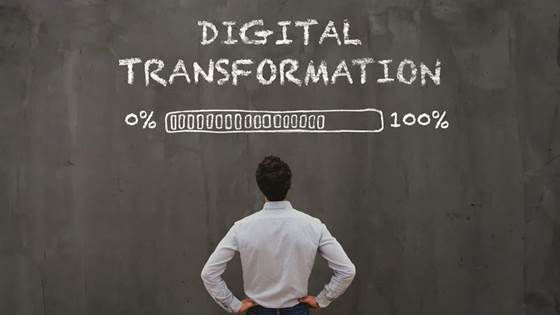
Have you ever wondered what digitalization and digital transformation are, are you unsure when these terms are used, and how you should relate to them? In short; What is the difference?
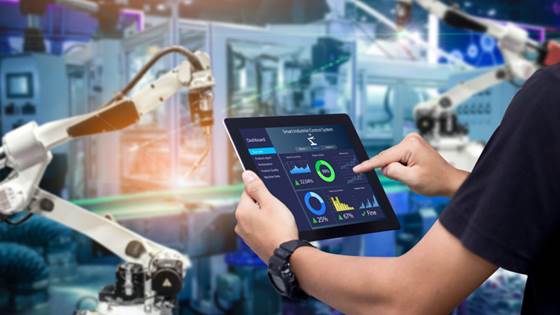
As consumers, we have all from time to time experienced buying faulty items, whether they be smart phones, washing machines or cars. Researchers now believe that this is a thing of the past.
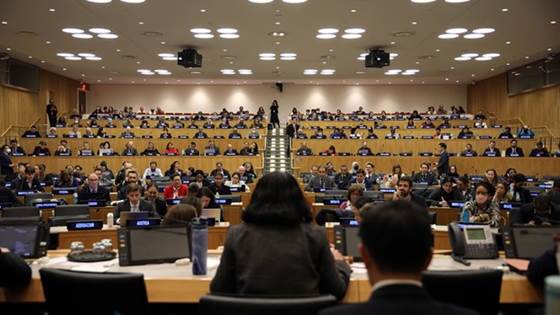
SINTEF has followed the UN negotiations on a new global marine environmental agreement for a long time. The deal is part of the United Nations Convention on the Law of the Sea concerning biodiversity conservation and sustainable use in areas beyond...
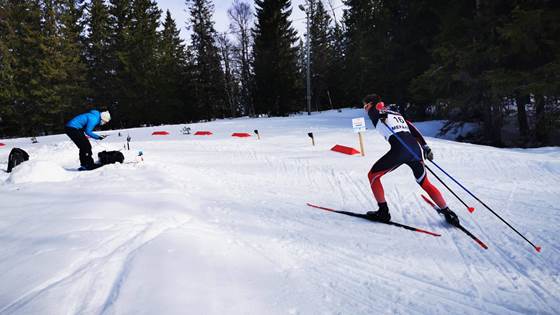
Skiers can gain on their competitors by having a detailed plan of what to do on the uphills. Timing their push at exactly the right moment is key to avoid expending too much effort.

Now, in 2023, there are almost no limits to how much data we can collect and store away. But what can we use all this information for, and how do we find out what the data can tell us?
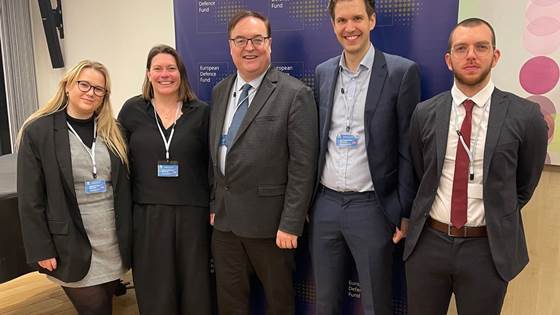
The new EDF-funded project dTHOR will develop the next generation of a predictive Ship Structural Health Monitoring system based on innovative utilization of sensor measurement and hybrid analysis modelling enabling digital twins with high physical...

The ZEB Laboratory has been utilised both as an office building and a sustainable construction laboratory for about two years. It was designed to be the world’s most ambitious ‘climate-adapted building’ and up to now it has been a great success.
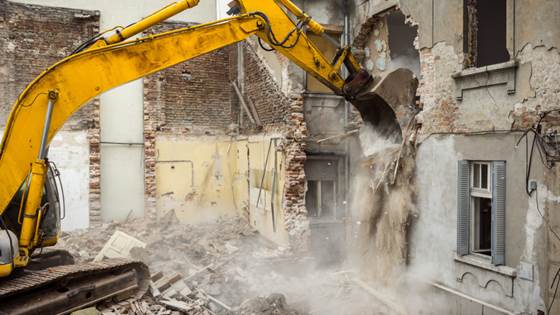
Christian John Engelsen at SINTEF is teaching the world to recycle demolition rubble to make new concrete. Anything and everything can be recycled, he says. What takes time is getting people on board.
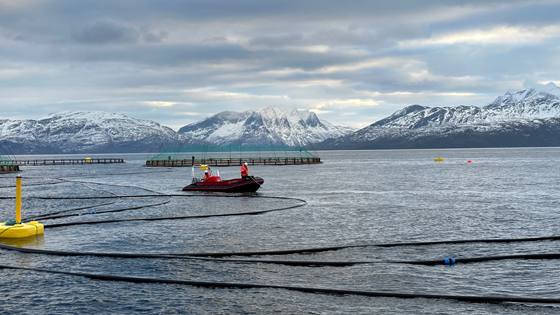
Last week, Folla Alger stocked the first kelp in its new combined sea site for salmon and kelp in Steigen in Nordland, Norway.
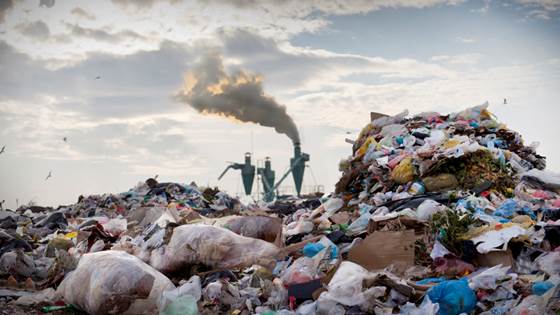
There are plans in Årdal to build a waste incineration plant based on a new technology that captures and stores CO2, thus removing the greenhouse gas from the atmosphere.